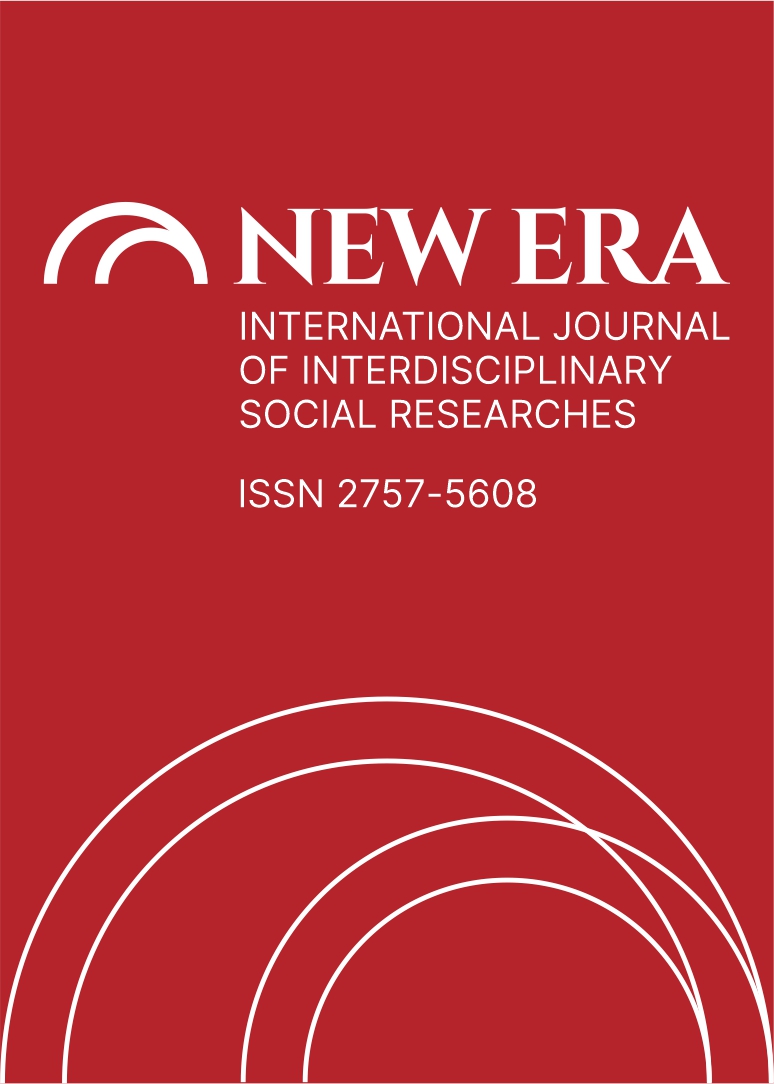TRAVMA DURUMLARINA GÖRE ÇOCUKLARDA NESNE İLİŞKİLERİNİN PROJEKTİF TESTLERLE İNCELENMESİ
DOI:
https://doi.org/10.5281/zenodo.7441910Özet
Amaç: Travma, kaza, istismar, doğal afet gibi travmatik bir olaya verilen duygusal tepkinin yanı sıra bireyin fiziksel veya duygusal olarak tehdit edici bir olaya maruz kalması sonucu verdiği tepkidir. Travmatik bir olaya maruz kalmanın çocuklarda önemli duygusal sorunlara yol açtığı travma literatüründe yaygın olarak vurgulanmaktadır. Dolayısıyla bu çalışmada travması olan ve olmayan çocukların nesne ilişkileri projektif bir test olan Beier Cümle Tamamlama Testi ve aile çiz testi ile incelemeyi amaçlamıştır.
Yöntem: Araştırmanın örneklemi, 11-14 yaş arası çocuklardan oluşmaktadır. Toplam 38 öğrenciden oluşan bu örnekleme Çocuk ve Gençlerde Travma Sonrası Tepki Ölçeği ve Beier Cümle Tamamlama Testi ve Bir Aile Çiz Testi uygulandı.
Bulgular: İnceleme sonrası elde edilen veriler, travması olan katılımcıların beier cümle tamamlama testinde anne ve babaya karşı tavırlarda negatif puanları daha yüksek(negatif cümleleri pozitif cümlelerden daha fazla) iken travması olmayan katılımcıların beier cümle tamamlama testinde pozitif puanları daha yüksek olduğu görüldü. Diğer yandan travması olan katılımcıların travması olmayan çocuklara göre nesne ve kendilik imgesi, agresyonun daha fazla olduğu söylenebilir. Benzer şekilde travması olan çocukların değersizleştirme savunma düzeneklerini kullanırken, travması olmayanların yüceltme savunma düzenekleri kullandıkları tespit edilmiştir. Sonuç olarak, travması olan ve olmayan çocukların nesne ilişkilerine dair algı ve deneyimleri birbirinden farklı olduğu, bu farkın projektif testlerle ortaya koymak literatüre önemli bir katkı sağlayacağı düşünülmektir.
Referanslar
Anzieu, D., & Chabert, C. (2011). Projektif yöntemler. Çev: Bahar Kolbay, Bağlam Yayınları, İstanbul
Athanasiadou-Lewis, C. (2019). A relational perspective on psychological trauma: The ghost of the unspent love. In Psychological Trauma. IntechOpen
Beier, D. C. (1961). Cümle tamamlama testi el kitabı. Ankara: Milli Eğitim Bakanlığı yayınları
Beres, D., & Joseph, E. D. (1970). The concept of psychological representation in psychoanalysis. International Journal of Psycho-Analysis, 51, 1-8.
Blanck, R., & Blanck, G. (1986). Beyond ego psychology: Developpsychological and object relations theory. New York: Columbia University Press
Bluhm, A. M. & Blızard, R. A. (1992). Attachment to the abuser: Intimacy and isolation in incest survivors. Paper presented at the Pennsylvania Psychological Association Convention, Pittsburgh, June.
Buhl, C. (2002). Eating disorders as manifestations of developpsychological disorders: language and the capacity for abstract thinking in psychotherapy of eating disorders. Eur Eat Disord Rev. 2002;10(2):138–145.
Doğan, Y. B. (2015). Kısa acil psikoterapi (BEP). (2nd ed.). Ankara: Kurgu Kültür Merkezi Yayınları
Halewood, A. (2017) Psychodynamic counselling psychology. In: Murphy D, editor. Counselling Psychology: A Textbook for Study and Practice. 1st ed. London: Willey and Sons; pp. 89-103
Herman, J. L., & Van der Kolk, B. A. (1987). Borderline Personality Disorder. Psychological trauma, 111.
Kalsched, D.E. (1996). The Inner World of Trauma: Archetypal Defences of the Personal Spirit. London: Routledge.
Karagöz, Y. (2019). SPSS AMOS META Uygulamalı Nitel-Nicel Karma Bilimsel Araştırma Yöntemleri ve Yayın Etiği, 2. Basım, Ankara: Nobel Yayıncılık.
Kernberg, O.F. (1984). Object-Relations Theory and Clinical Psychoanalysis, Northvale, NJ: Jason Aronson.
Kernberg, O.F. (1985). Internal World and External Reality: Object Relations Theory Applied, Northvale, NJ: Jason Aronson.
Kernberg, O. F. (1986). Severe personality disorders: Psychotherapeutic strategies. New Haven, CT: Yale University Press.
Lieberman, A. F., Chu, A., Van Horn, P., & Harris, W. W. (2011). Trauma in early childhood: empirical evidence and clinical implications. Development and Psychopathology, 23(2), 397–410.
Masterson, J.F. (1976). Psychotherapy of the Borderline Adult: a Developpsychological Approach, New York: Brunner/Mazel
Masterson, J.F. (1981). The Narcissistic and Borderline Disorders: an Integrated Developpsychological Approach, New York: Brunner/Mazel.
Ortigo, K. M., Westen, D., DeFife, J. A., & Bradley, B. (2013). Attachment, social cognition, and posttraumatic stress symptoms in a traumatized, urban population: Evidence for the mediating role of object relations. Journal of Traumatic Stress, 26(3), 361-368.
Pepler, D. J., & Rubin, K. H. (1991). The Development and treatment of childhood aggression. Hillsdale: Lawrence Erlbaum Associates, Inc.
Porot, M., & Duboucher, G. (1952). La Guerıson Des Alcoolıques Par Lantabus. In Presse Medıcale, 7 (60), p.147-147.
Pynoos RS, Frederick C, Nader K ve ark (1987) Life threat and posttraumatic stres in school age children. Arch Gen Psychiatry 44: 1057-1063.
Putnam, F. W. (1989). Diagnosis and treatment of multiple personality disorder. New York: Guilford.
Ringel, S. & Blandell, J. (2012) Trauma: Contemporary Directions in Theory, Practice, and Research. London: Sage
Solomon, H. M. (2004). Self creation and the limitless void of dissociation: the “as if” personality. J Anal Psychol. 49(5):635–656
Szymanski, K., & Springer, C. (2014). Trauma, Aggression and Object Relations in a Child and Adolescent Inpatient Sample. Journal of Child & Adolescent Trauma, 7(3), 193-200.
van der Kolk, B., Pelcovitz, D., Roth, S., Mandel, F., McFarlane, A. & Herman, J. (1996). Dissociation, somatization, and affect dysregulation: The complexity of adaptation to trauma. The American Journal of Psychiatry. 1996;153(7):83-93
Volkan, V. (2007). Object relations in psychotherapy (trans. Ali Algin Köşkdere). Dekupe Promotion Inc. Bursa
İndir
Yayınlanmış
Nasıl Atıf Yapılır
Sayı
Bölüm
Lisans
Telif Hakkı (c) 2022 NEW ERA INTERNATIONAL JOURNAL OF INTERDISCIPLINARY SOCIAL RESEARCHES

Bu çalışma Creative Commons Attribution-NonCommercial 4.0 International License ile lisanslanmıştır.


